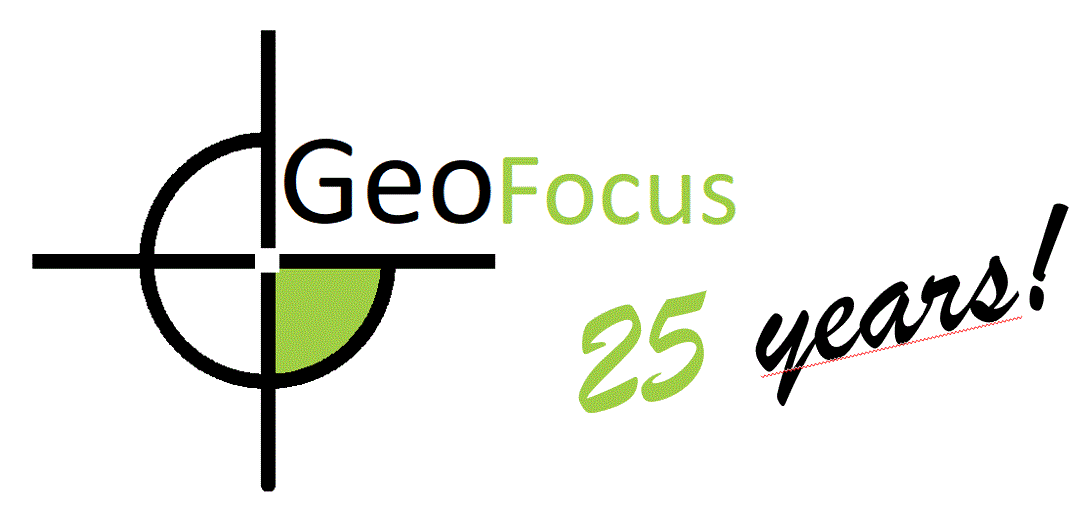Analysis of the impact of land use and vegetation changes on landslide susceptibility in the Zoque region, northern Chiapas, Mexico
DOI:
https://doi.org/10.21138/GF.875Abstract
Landslides are among the phenomena that have caused significant material and human losses worldwide, largely due to the reduction of vegetation and changes in land use driven by human activities. The frequency of hurricanes in Mexico further accelerates these events by increasing precipitation accumulation. This study examines the impact of land use and vegetation changes on the susceptibility to hillside processes in the Zoque region of Chiapas, following the major landslides caused by Hurricane Eta in 2020. Changes in land use and vegetation between 1986 and 2020 were analyzed, and the region's susceptibility was subsequently modeled based on conditioning factors such as lithology, land use and vegetation, slope, and drainage density. The spatial analysis revealed that areas with the steepest slopes, where the most significant land use and vegetation changes had occurred, were the most susceptible to landslides. Deforested regions used for agriculture and livestock farming showed medium, high, and very high susceptibility, which were widespread throughout the area. This study is one of the few to identify landslide susceptibility in the region, and the results aim to support planning efforts for risk prevention and mitigation.
Downloads
Published
How to Cite
Issue
Section
License
©The authors of the articles and other contributions published in GeoFocus keep intact the intellectual property rights over them. The authors and the publisher authorize the total or partial reproduction of the contents of the journal in the following terms:
1) Express mention of the author and the reference of the original publication.
2) Do not perform a commercial or lucrative use of them. Otherwise, you should contact the authors to make the appropriate arrangements.
3) Authors preserve their property rights and give to the journal the rights of the first publication of the work, registered with the Licencia Creative Commons Atribución-NoComercial-SinDerivar 4.0 Internacional, which allows third parties to use the published data whenever the authorship of the work and first publication in this journal is mentioned.
4) It is allowed that authors disseminate electronically (e.g., in institutional repositories or on their own website) the published version of their work, as it encourages the earliest circulation and dissemination, and thus a possible increase in the citation and scope in the academic community.
